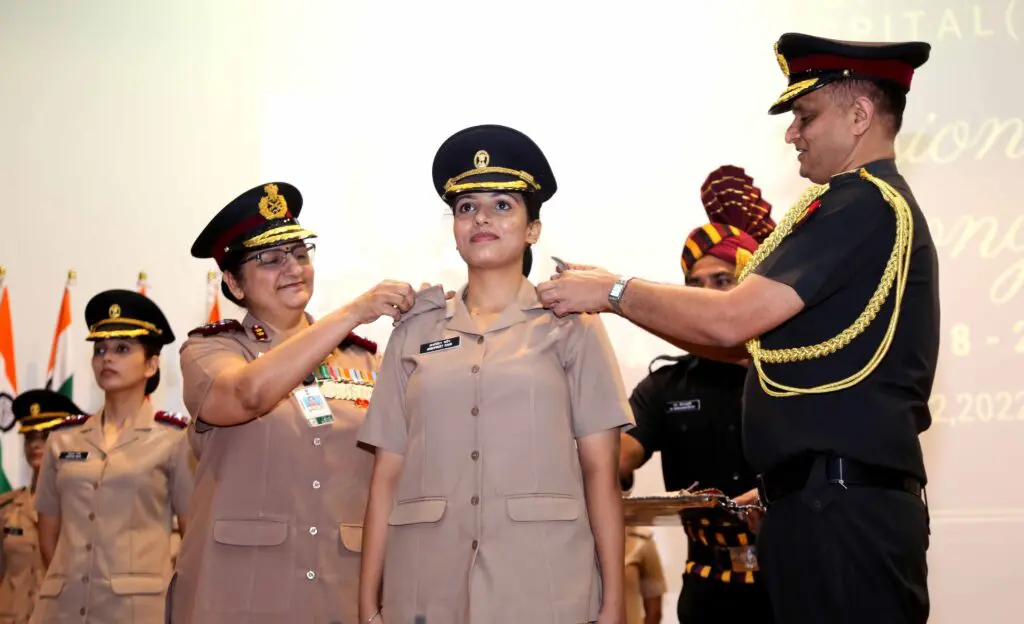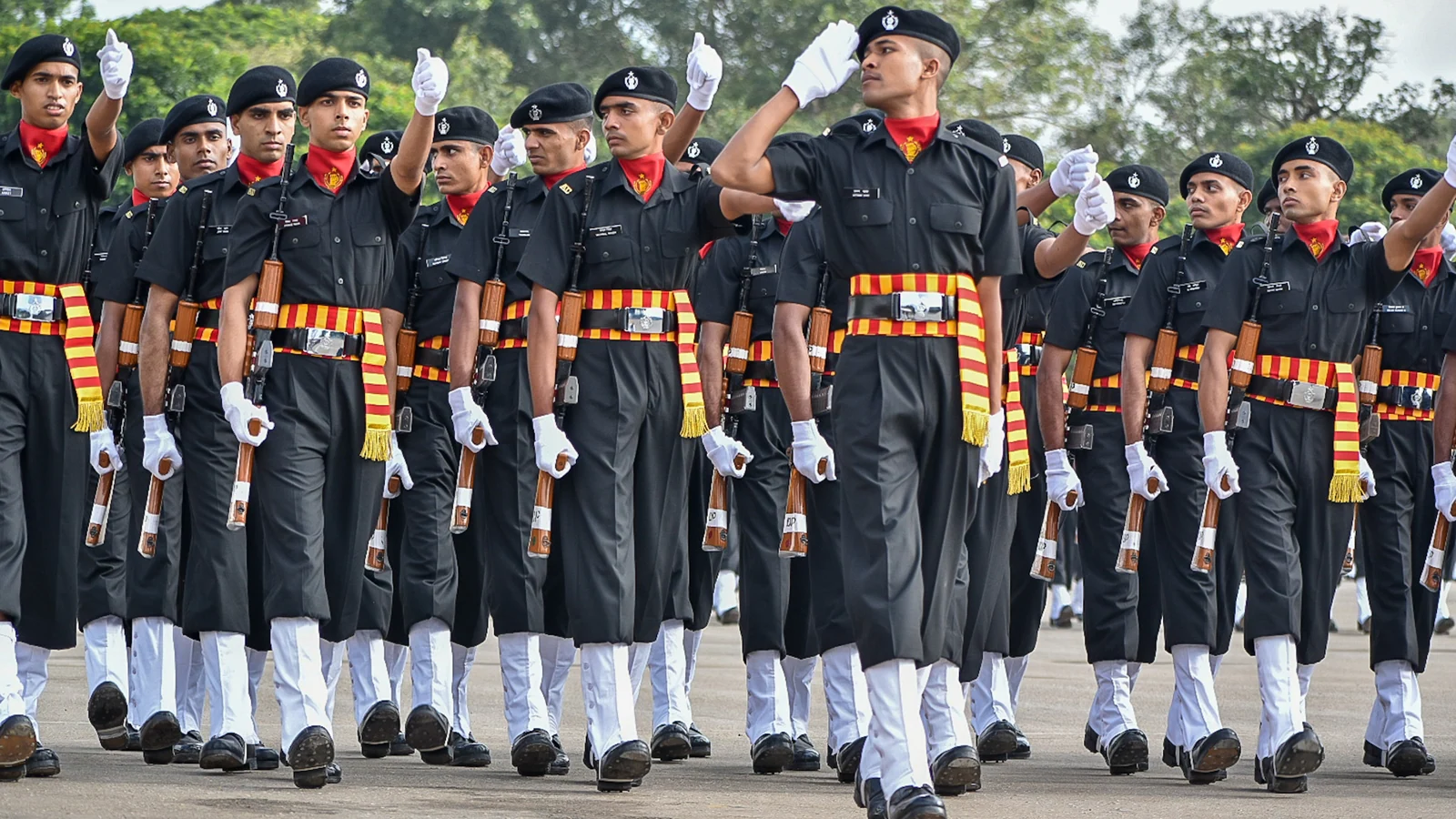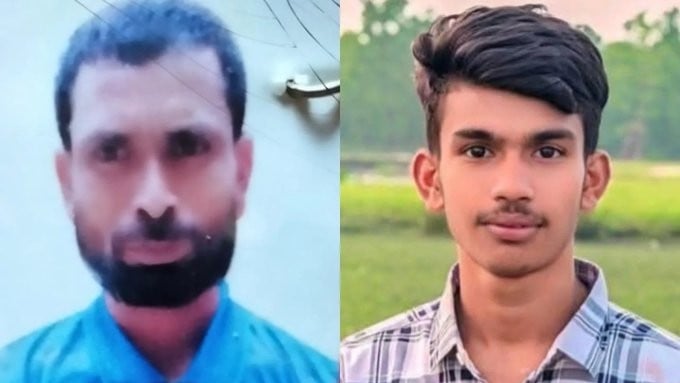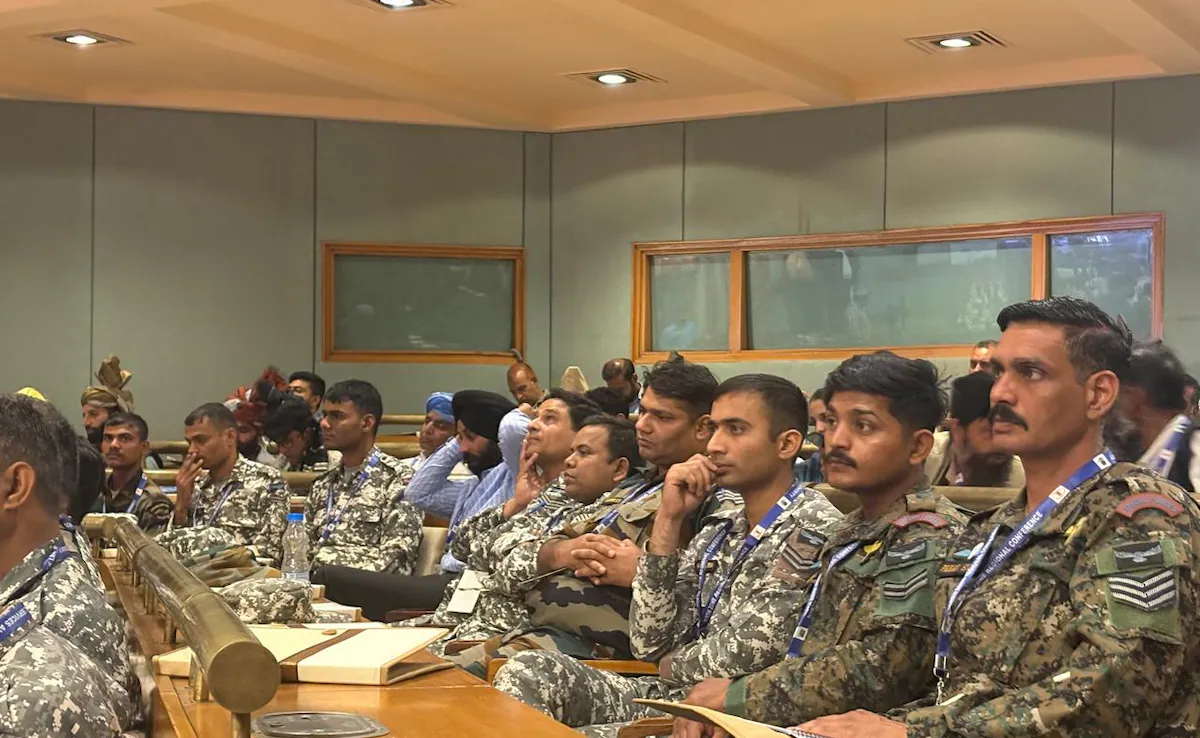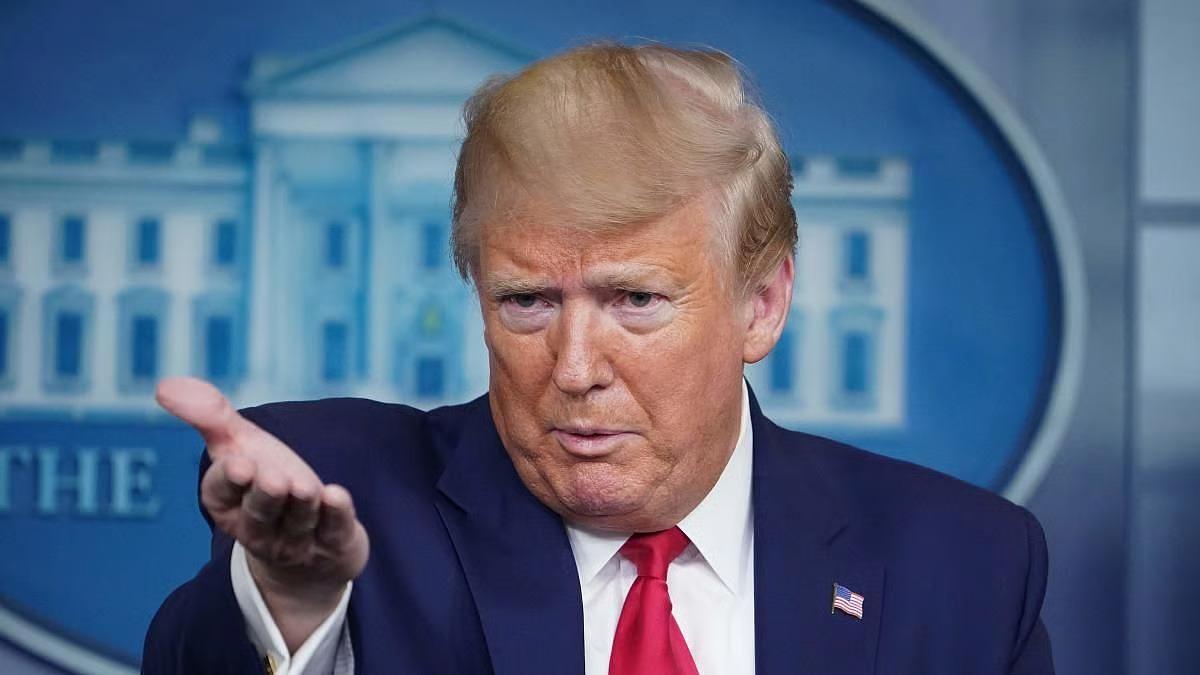Indian Army BSc Nursing 2025: List of Candidates Shortlisted For Screening Process (Out)
The Indian Army has released the list of candidates shortlisted for the BSc Nursing Course 2025. As part of the…
Indian Army Agniveer CEE Result 2025 Out
The Indian Army Agniveer CEE Result 2025 for the General Duty (GD) position has been announced on July 26, 2025,…
Two Suspected Bangladeshi Smugglers Shot Dead by BSF at India-Bangladesh Border in Tripura
In a major anti-smuggling operation, Border Security Force (BSF) personnel shot dead two suspected Bangladeshi smugglers along the India-Bangladesh border…
‘Serve At Borders, We’ll Take Care of Family’: Legal Lifeline Launched for Soldiers’ Families
For the first time in India's history, the families of soldiers will receive proactive legal assistance while their loved ones…
Pakistan Honours US CENTCOM Chief with Nishan-e-Imtiaz Amid Counterterrorism Praise
The Pakistan government has conferred one of its highest military honours, the Nishan-e-Imtiaz (Military), on US Central Command (CENTCOM) chief…
Trump Urges Ceasefire Between Thailand and Cambodia, Draws Parallels Between Southeast Asia and India-Pakistan Conflicts
US President Donald Trump on Saturday called for an immediate ceasefire between Cambodia and Thailand, stating he had spoken to…

